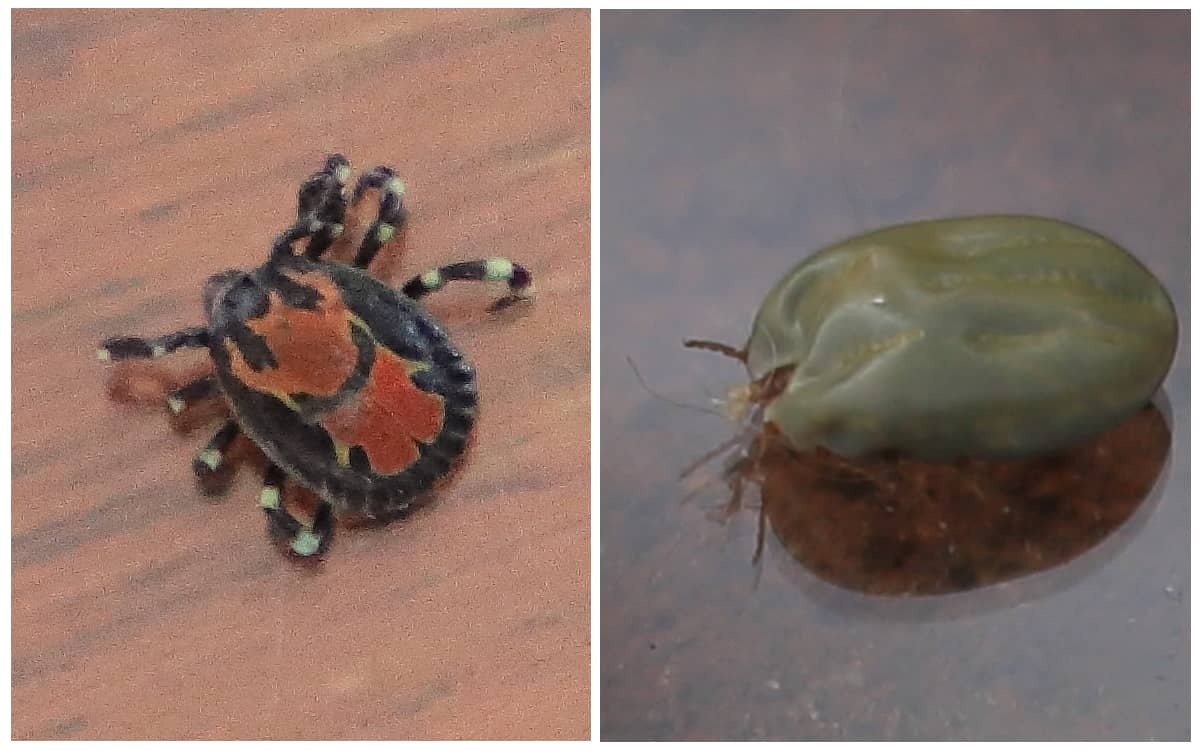



New oral vaccines to help food production in Africa
An oral vaccine that combines tick antigens with inactivated mycobacteria to help control ticks in cattleThe IREC SaBio Group has successfully tested an oral vaccine that combines tick antigens with inactivated mycobacteria, and which is expected to contribute to controlling ticks in cattle and reducing the use of acaricides in tropical and subtropical countries.
Cattle provide the major source of protein for the people living in Uganda, where their production stretches from northeast to southwest along what is known as the “Cattle Corridor”. However, as in other tropical and subtropical regions of the world, tick infestations significantly affect livestock health and production, with a negative impact on the economy and well-being of Ugandan farmers. On the other hand, to combat ticks and the diseases they transmit, it is common to use chemical acaricides, which pollute the environment and to which ticks are increasingly resistant. Consequently, vaccine research and biotechnological development are a priority in countries like Uganda.
Scientists from the Research Group in Health and Biotechnology (SaBio) of the Instituto de Investigación en Recursos Cinegéticos (IREC – CSIC, UCLM, JCCM), in collaboration with the National Livestock Resources Research Institute (NaLIRRI/NARO, Uganda) and the Basque Institute for Agricultural Research and Development (NEIKER), have developed a vaccine formulation that combines tick antigens with mycobacterial antigens.
Specifically, subolesin (SUB, also known as 4D8) is a tick antigen that has demonstrated efficacy in vaccine formulations for the control of ectoparasite infestations and pathogen infection/transmission. For its part, recent research by the SaBio Group of IREC in collaboration with NEIKER, the Veterinary Health Surveillance Center (VISAVET) of the Complutense University of Madrid and the University of Córdoba, among others, have shown that heat inactivated mycobacteria (IV) They constitute a powerful activator of the so-called "trained immunity", non-specific.
Following some proof of concept, researchers conducted a controlled trial in Uganda using an oral formulation combining SUB with inactivated mycobacteria (SUB+IV) for the control of tick infestations in cattle. The efficacy of the SUB+IV vaccine (E) on the tick life cycle was compared with IV and SUB alone and with unvaccinated controls. The efficacy for the control of infestations by different species of ticks was highest for the SUB+IV combination (E > 95%).. In addition, protection was also found using each of the products separately. Antibody titers and serum levels of biomarkers correlated with protection confirmed the findings and demonstrated the activation of multiple immune mechanisms.

These results derive from an intense collaboration between the SaBio Group of IREC and NaLIRRI/NARO of Uganda, and have contributed to the R&D MYCOTRAINING projects (SBPLY/19/180501/000174), of the Regional Plan of the Junta de Castilla La Mancha, and BIOGAL (PID2020-116761 GB-I00), from the National R&D Plan. The findings of this work as a whole support the application of oral vaccine formulations with SUB+IV for the control of ticks in cattle to improve animal health and reduce dependence on acaricides, and suggest the potential use of combined oral vaccines for the simultaneous control of different endemic diseases.
The scientific publication of this research is available: Kasaija, PD, Contreras, M., Kabi, F., Mugerwa, S., Garrido, JM, Gortazar, C., de la Fuente, J. 2022. Oral vaccine formulation combining tick Subolesin with heat inactivated mycobacteria provides control of cross-species cattle tick infestations. Vaccinate, In Press.


